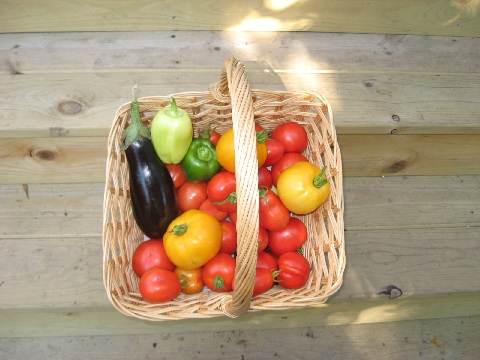
Recently I was enjoying some dried organic apricots, when I noticed that the package stated that the fruit appeared somewhat brown in color because it did not contain any dyes or other ingredients to preserve color. Indeed, the apricots were a somewhat dull orange-brown color, rather than the lurid orange that I sometimes see in dried fruit loaded with artificial dyes and preservatives, or even the more sedate orange color that I find when ascorbic acid (vitamin C) is used during dehydration.
I wasn’t put off by the color of my apricots; in fact, I was rather pleased to see a food in its natural (or naturally dehydrated) state. But the fact that the company selling the dried apricots felt they needed to provide a written explanation for why their product appeared in its unaltered state made me a bit sad. We have reached the point that the average consumer, or even, apparently the average consumer of organic fruit, is no longer expected to know what food really looks like. So many of the foods on the market are processed, prepared, and packaged to such a degree that they are almost unidentifiable. Yet those are the products that many people can recognize and identify, rather than foods that are raw or minimally processed.
To make matters worse, even those foods that are still consumed in a mostly unaltered state often remain a mystery to many consumers when it comes to where or how they grow. How many people know that peanuts grow belowground? How many would be surprised to learn that pineapples grow on plants smaller than most adults, not on towering trees? How many people could identify a rice field or know what state produces the most rice in the country? (It’s Arkansas, by the way.)
While I have some gardening experience and try to purchase whole, minimally processed foods, I know that I am not completely knowledgeable about all the foods that I eat. For instance, I like artichokes, but I have no idea what an artichoke plant looks like. Right now, I am going to take a few minutes to learn about artichokes. I hope you will join me in learning more about our foods. Pick something you don’t know much about and do a little research. You’ll have fun, and hopefully you’ll learn something interesting and worthwhile about what you eat.

